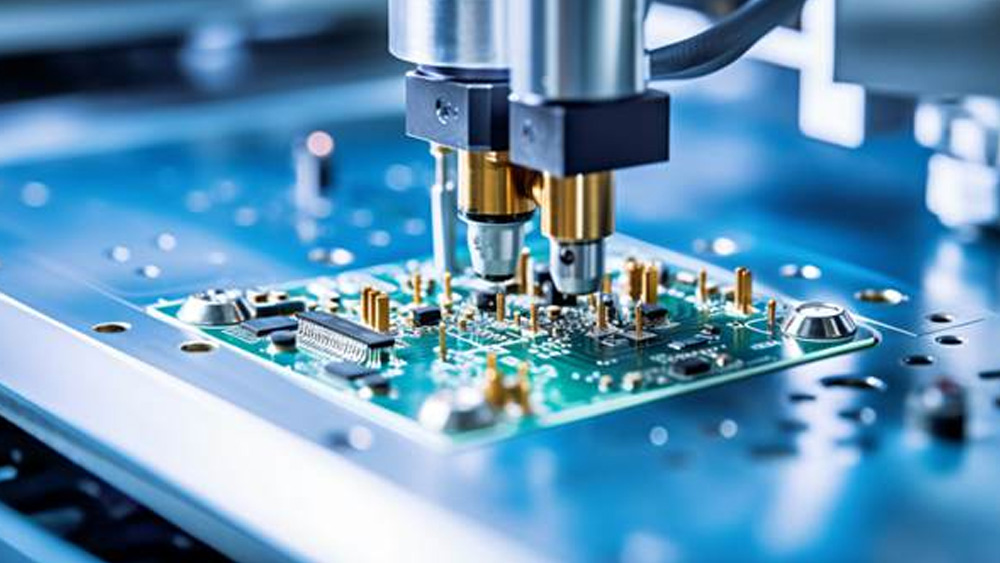In electronics manufacturing, SMT is widely used but prone to soldering defects like cold soldering, bridging, voids, and component shift. These issues can be mitigated by optimizing pick-and-place programs, controlling soldering temperatures, managing solder paste applications, improving PCB pad design, and maintaining a stable temperature environment. These measures enhance product quality and reliability.
Surface Mount Technology (SMT) is widely popular in the electronics manufacturing industry due to its high efficiency and high-density assembly advantages. However, soldering defects in the SMT process are significant factors that affect the quality and reliability of electronic products. This article will explore common soldering defects in SMT and their solutions.
Cold Soldering: Cold soldering occurs when the soldering temperature is insufficient or the soldering time is too short, causing the solder not to melt completely and resulting in poor soldering. To avoid cold soldering, manufacturers must ensure that the reflow soldering machine has precise temperature control and set appropriate soldering temperatures and times based on the specific requirements of the solder paste and components.
Solder Bridging: Solder bridging is another common issue in SMT, where the solder connects adjacent soldering points. This is usually caused by excessive solder paste application or unreasonable PCB pad design. To address solder bridging, optimize the pick-and-place program, control the amount of solder paste applied, and improve the PCB pad design to ensure sufficient spacing between pads.
Voids: Voids refer to the presence of empty spaces within the soldering points that are not filled with solder. This can severely impact the strength and reliability of the soldering. To prevent voids, properly set the reflow soldering temperature profile to ensure that the solder melts fully and fills the pads. Additionally, ensure that there is enough flux evaporation during the soldering process to avoid gas residue that can form voids.
Component Shift: During the reflow soldering process, components may move due to the melting of solder, leading to inaccurate soldering positions. To prevent component shift, optimize the pick-and-place program and ensure that the pick-and-place machine parameters are correctly set, including the placement speed, pressure, and nozzle type. Select appropriate nozzles based on the size and shape of the components to ensure they are securely attached to the PCB. Improving the PCB pad design to ensure sufficient pad area and spacing can also effectively reduce component shift.
Stable Temperature Environment: A stable temperature environment is crucial for soldering quality. Water Chillers, by precisely controlling the temperature of the cooling water, provide stable low-temperature cooling for re-solderflowing machines and other equipment. This helps maintain the solder within the appropriate temperature range for melting, avoiding soldering defects caused by overheating or underheating.
By optimizing the pick-and-place program, properly setting the reflow soldering temperature profile, improving PCB design, and selecting the right nozzles, we can effectively avoid common soldering defects in SMT and enhance the quality and reliability of products.

We're here for you when you need us.
Please complete the form to contact us, and we'll be happy to help you.
Copyright © 2025 TEYU S&A Chiller - All Rights Reserved.